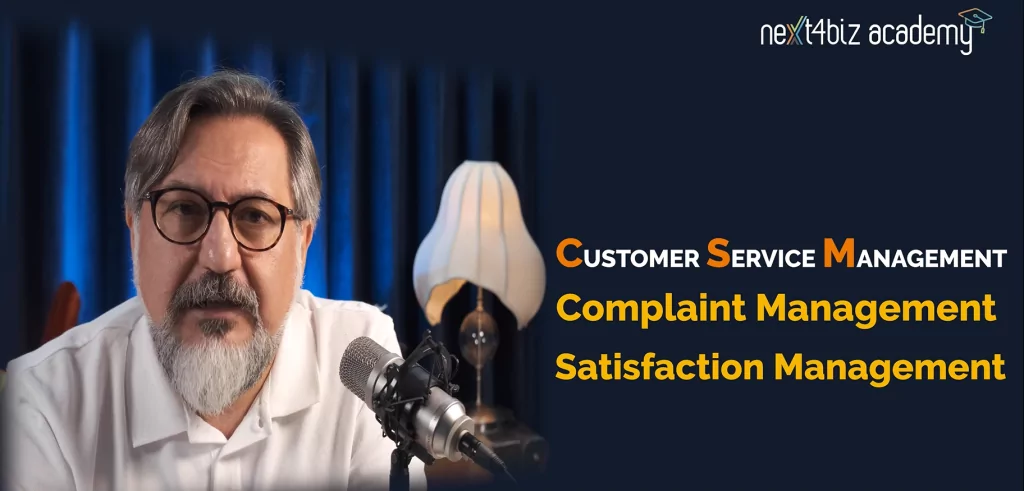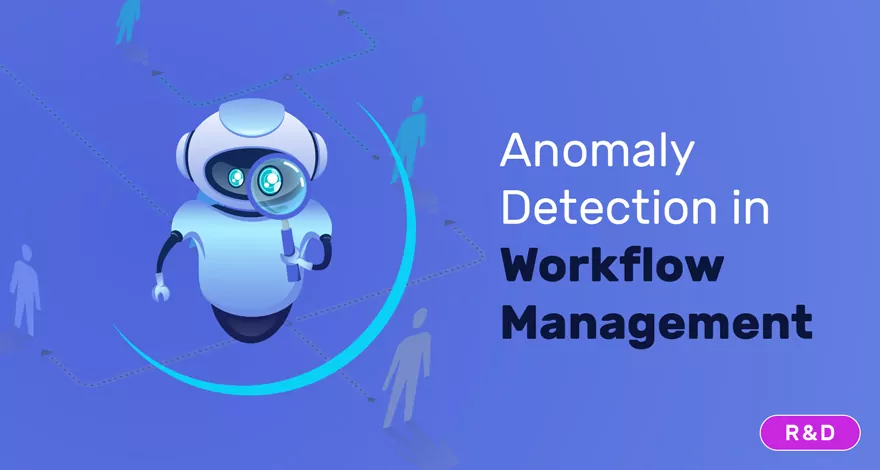Demo

The clock on making a difference in the market with a new product or feature is ticking. For many industries, this window of opportunity amounts to about two quarters. Let’s say you have introduced a unique product or feature to the market; the impact you have will only last you two quarters at most. Your competitors will discover and study your product in the first quarter and then add an identical or similar product to their portfolio.
So, given the limited advantage of introducing new products, what is the main determining factor of a permanent and sustainable customer experience?
After-Sales Customer Service!
Thanks to the “non-replicability” of the service, companies gain a real competitive advantage with the investments they make in this field. Large companies have observed that their customers’ shopping carts are getting larger every day thanks to their increased investments in after-sales services. They can also see after-sales service processes growing in importance as supportive and complementary elements of the product experience.
In line with this massive paradigm shift, the marketing world, which previously focused on selling products or services to customers, is now focusing on addressing consumers’ product use experiences and journeys with a holistic approach. For example, to differentiate their products, the world’s most popular mobile phone brands are trying to improve their user experience by positioning their phones as symbols of a mobile/online lifestyle and areas of interest rather than just a piece of technology. To that end, all products have now turned into experience tools. The consumers’ product experience has become a separate service of its own, and this “experience package” is now the most significant factor in customer satisfaction.
During this design, make sure to consider the customer’s emotional state as they experience the brand.
When consumers face any sort of loss, they inevitably experience stress and try to protect what they have. In some cases, consumers may even spend more to protect their assets instead of buying a new product. Here, we can think of personal investment as not only a monetary investment, but also an emotional, mental, temporal, or even physical investment. Say your laptop breaks down; the stress you experience while trying to solve this problem is not limited merely to monetary issues, is it?
“I paid so much money for this product, and I wasn’t even treated like a human being!”
“This is a scam!”
“They made a fool of me!”
When you take care of your customers’ problems, they will feel valued and respected, which, in turn, increases their loyalty.







